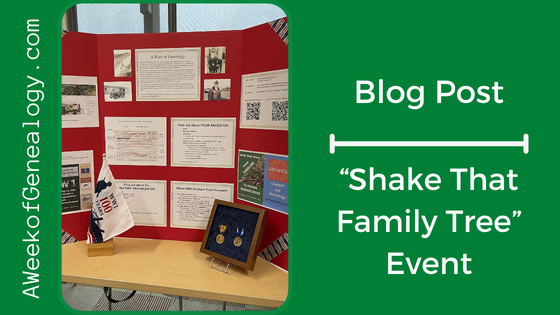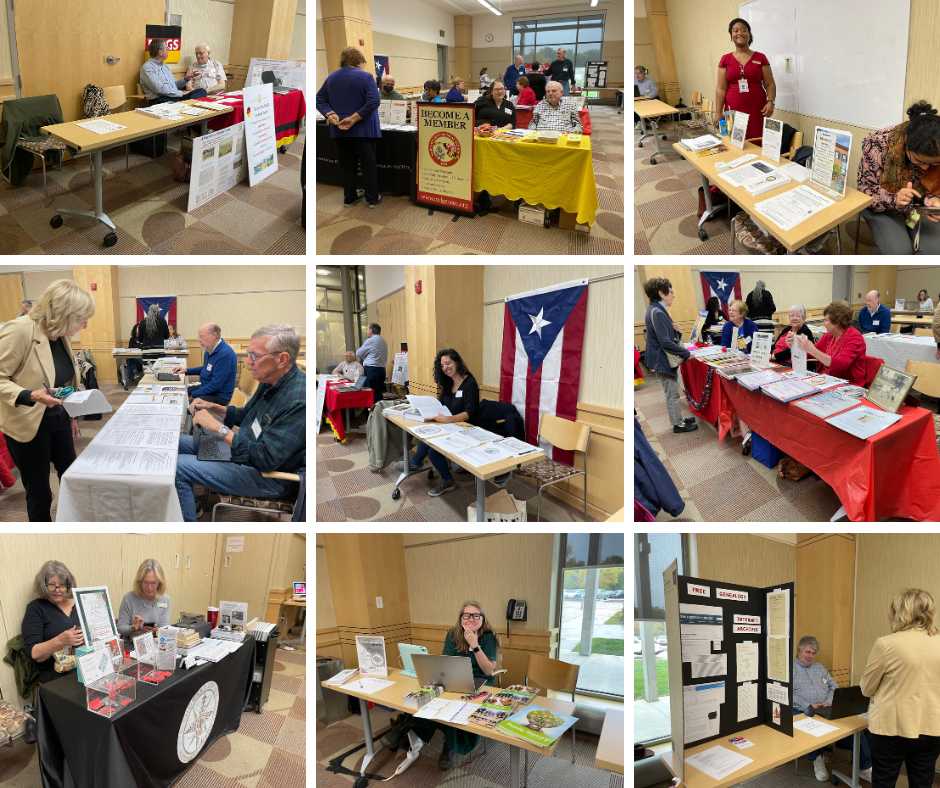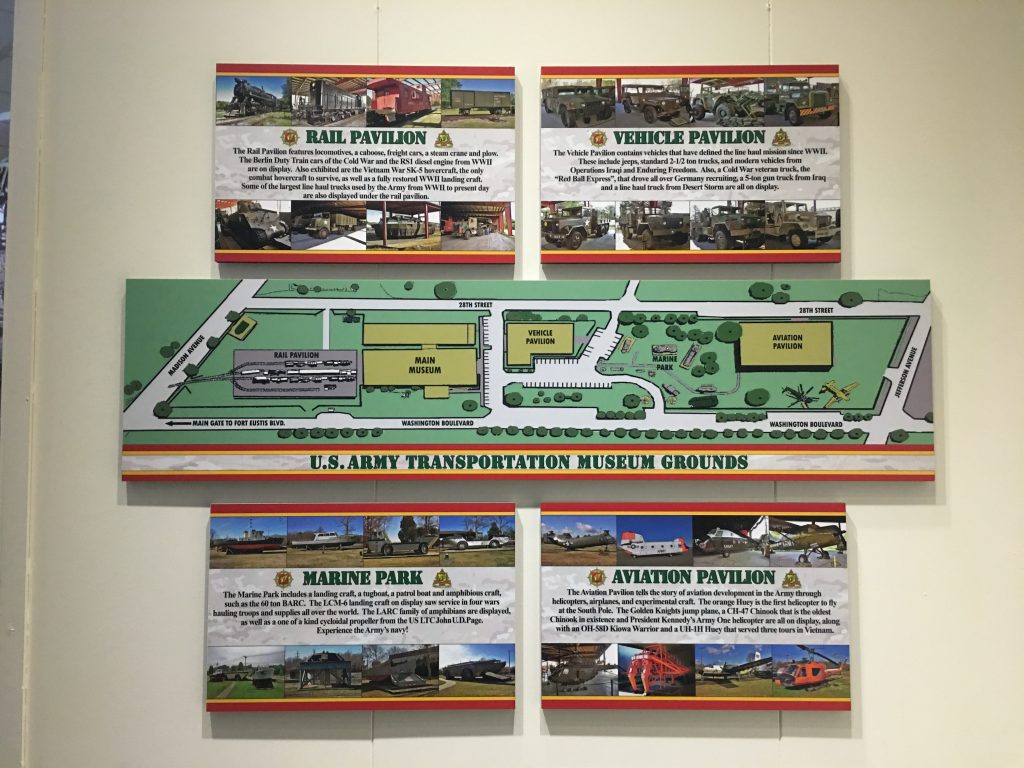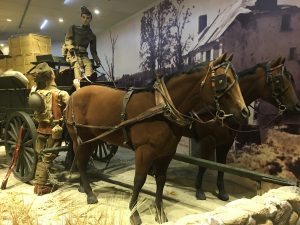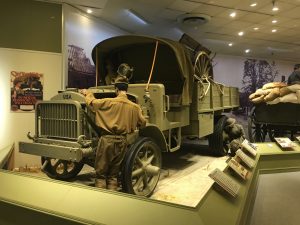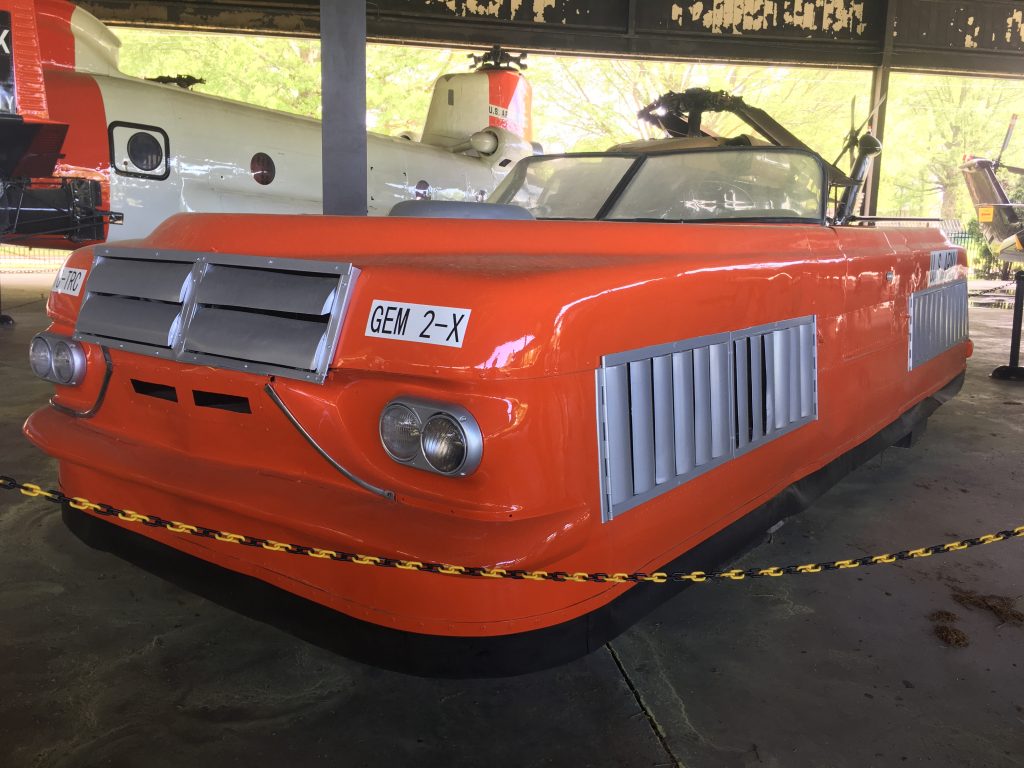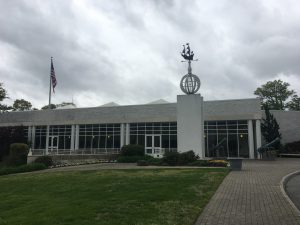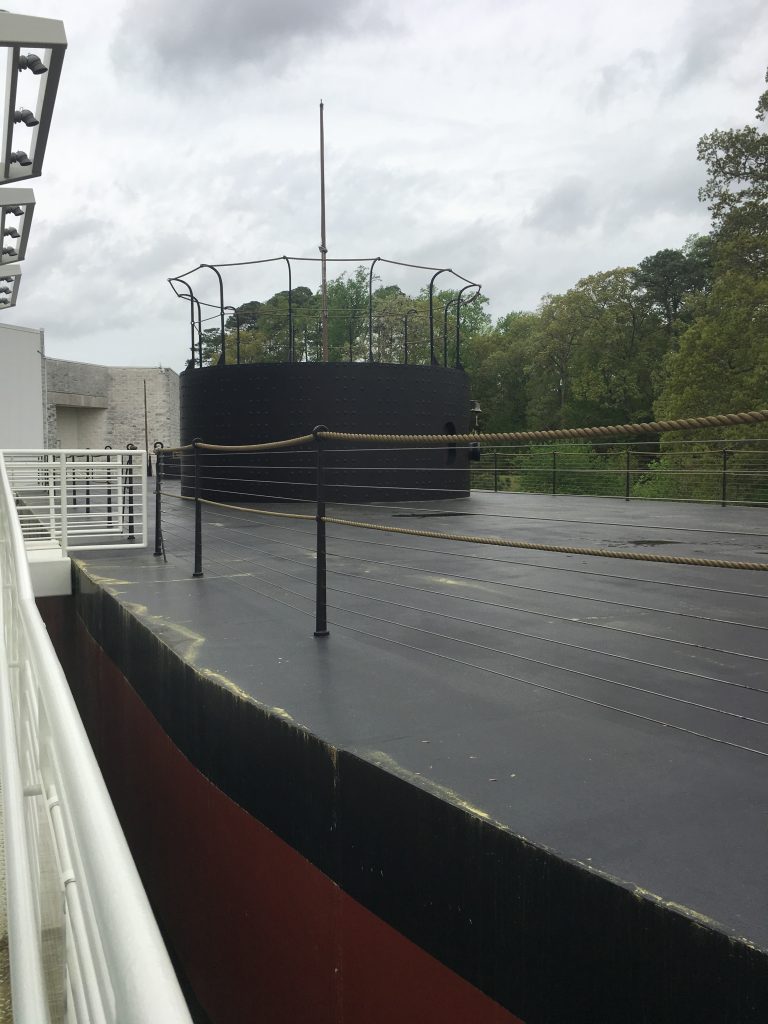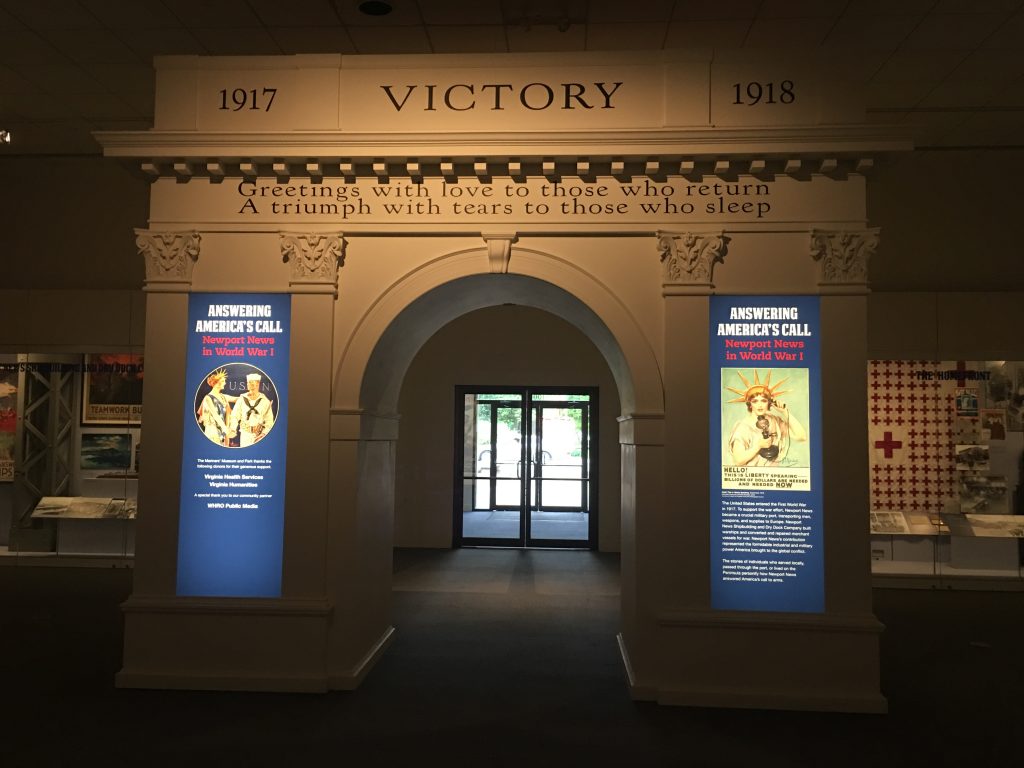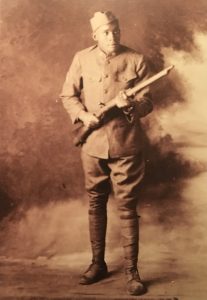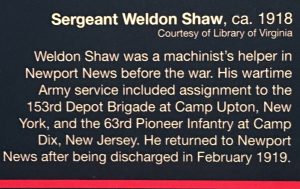Pioneer Infantrymen at the National Museum of the US Army
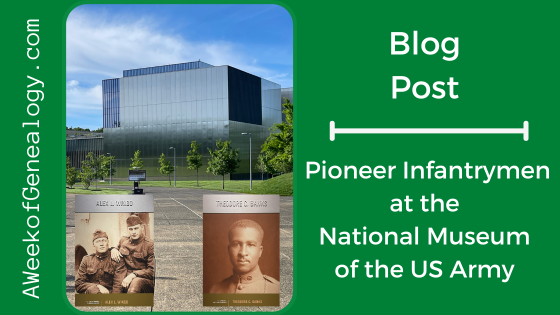
Recently I attended The Army Historical Foundation’s Genealogy Seminar at the National Museum of the United States Army. The Museum is located at Fort Belvoir, Virginia. You can read about that seminar in Army Historical Foundation’s Genealogy Seminar.
After the presentations, I had a little time to go through the Museum exhibits. As you might expect from my books and blogs posts, I headed to the first floor to look for the exhibits about WWI and WWII. With the Museum closing soon, I glanced around the Nation Overseas Gallery, which was about WWI. There is so little about the Pioneer Infantry Regiments in museums, and I was thinking this would be no exception. Then my husband pointed out the image of a soldier from the 2nd Pioneer Infantry Regiment. The photo showed Alex L. Wingo, a wagoner who served with the Supply Company of the 2nd Pioneer Infantry, on the right. (Mules were also featured on this display!) It was exciting to see one of the Pioneers featured in such a prominent place, in such a prominent museum.
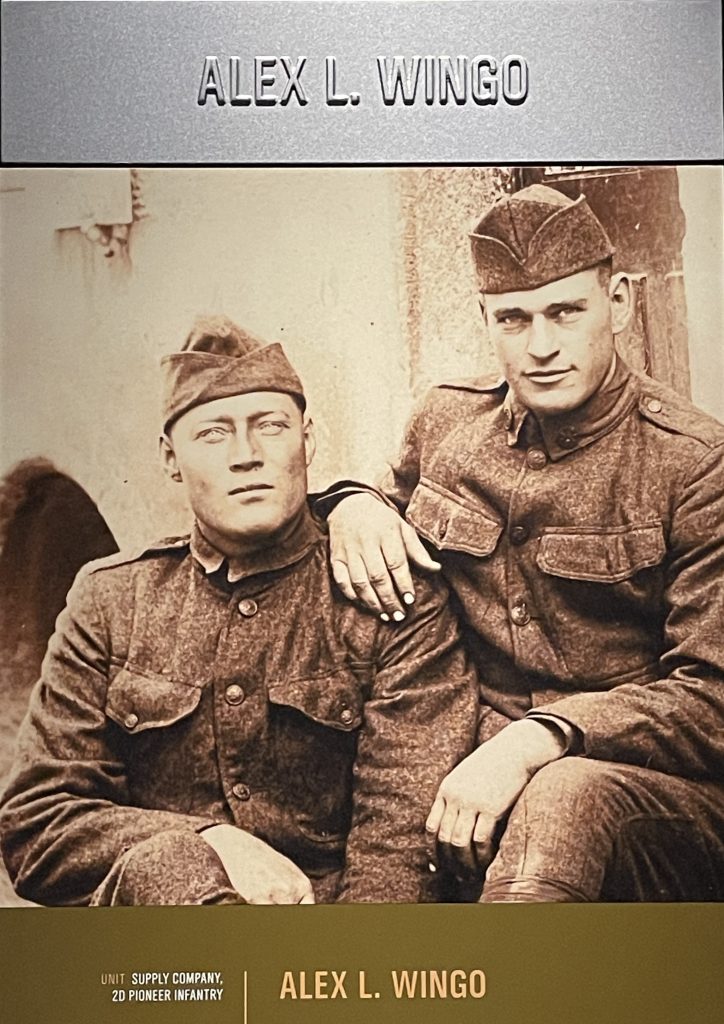
Then I looked at the next image and it was of a soldier from Company L of the 806th Pioneer Infantry Regiment, Theodore C. Banks, who received the French Croix de Guerre for gallantry.
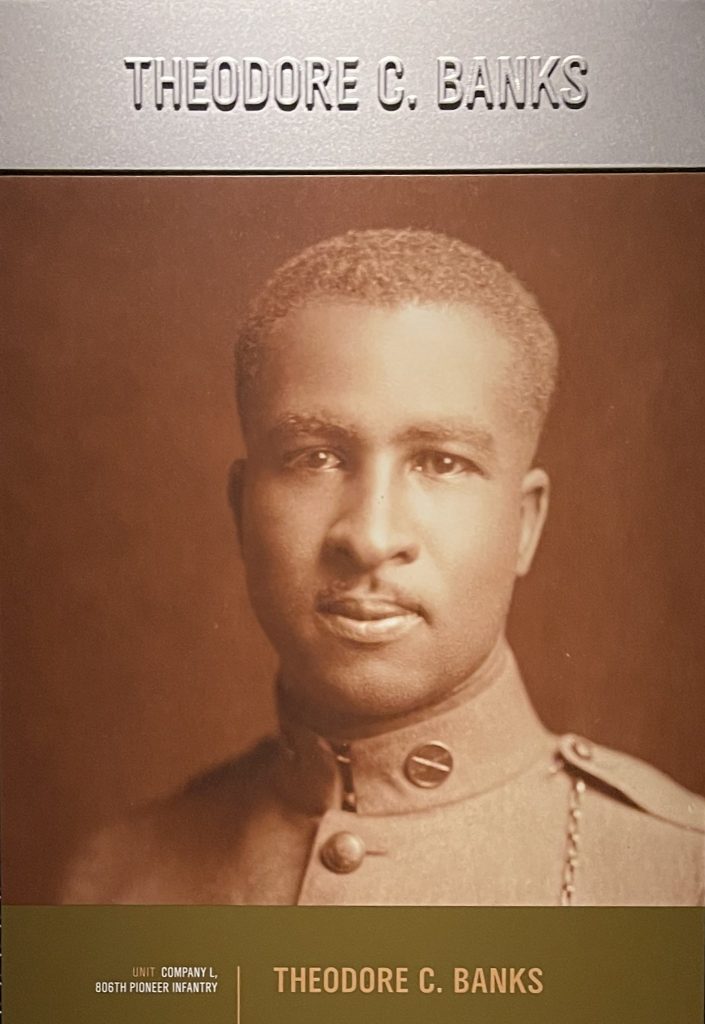
As you can imagine, I was very excited to see the Pioneer Infantry Regiments represented.
A little bit of research about these soldiers yielded some additional information. Liner Alex Wingo was from Roebuck, SC., and muster rolls told more about his service. He enlisted on 25 May 1918, and on 8 July 1918 he was appointed a Wagoner in the Supply Company of the 2nd Pioneer Infantry Regiment. From US Army Transport Service records, confirmed by Find A Grave, his brother Wagoner Guy H. Wingo served in the same company. From a photo on Find A Grave, the man on the left in this picture appears to be his brother. He returned to the US with a casual company on 25 May 1919.
Corporal Theodore Christopher Banks was from Salina, KS, and served with Company H of the 806th Pioneer Infantry Regiment. (In the rosters there was a soldier of this name in Company H who served from Aug 1918 to Aug 1919. There was no soldier named Banks in the rosters for Company L.) He enlisted on 5 August 1918 and ended his service on 19 August 1919. He began his service as a Private, and was promoted to Private 1CL in October 1918. He was then promoted to Corporal in June 1919. (His VA Master Index Card shows his birth year in 1896, while other records show the year as 1903.)
Of course, I was so excited that the Pioneer Infantry Regiments were represented in the Nation Overseas Gallery, that when a Docent said hello, I shared that with him. Docent Jim was interested in what I had found, so as we walked over to the pictures, I shared a little bit about the Pioneers, and told him about the books I had written.
Personally, I always ask a docent questions if I have any. When I do not have a question, I ask these dedicated and trained people about the areas of the museum which coincide with my areas of interest. One of my favorite questions is to ask about the highlights, especially when there is little time.
So I asked Docent Jim about highlights of the WWII exhibits and he had the time to lead us through the Global War Gallery. He showed us some very interesting highlights and the stories behind some of the displayed equipment.
Without a doubt I must return to this Museum when I have more time to tour it properly. There are audio tours available, and while I might use them, I will always ask questions of the docents.
Thank you, Docent Jim.
And to thank you to the soldiers of the Pioneer Infantry Regiments for their service in the Great War.
A little bit of research about these soldiers yielded some additional information. Liner Alex Wingo was from Roebuck, SC., and muster rolls told more about his service. He enlisted on 25 May 1918, and on 8 July 1918 he was appointed a Wagoner in the Supply Company of the 2nd Pioneer Infantry Regiment. From the US ATS and FindAGrave, Wagoner Guy H. Wingo was his brother. From a photo on FindAGrave, the man on the left in this picture appears to be his brother. He returned to the US with a casual company on 25 May 1919. Corporal Theodore Christopher Banks was from Salina, KS, and served with Company H of the 806th Pioneer Infantry Regiment. (There was a soldier of this name in Company H who served from Aug 1918 to Aug 1919. There was no soldier named Banks in the rosters of Company L.) He enlisted on 5 August 1918 and ended his service on 19 August 1919. He began his service as a Private, and was promoted to Private 1CL in October 1918. He was promoted to Corporal in June 1919. (His VA Master Index Card shows his birth year in 1896, while other records show the year as 1903.)

